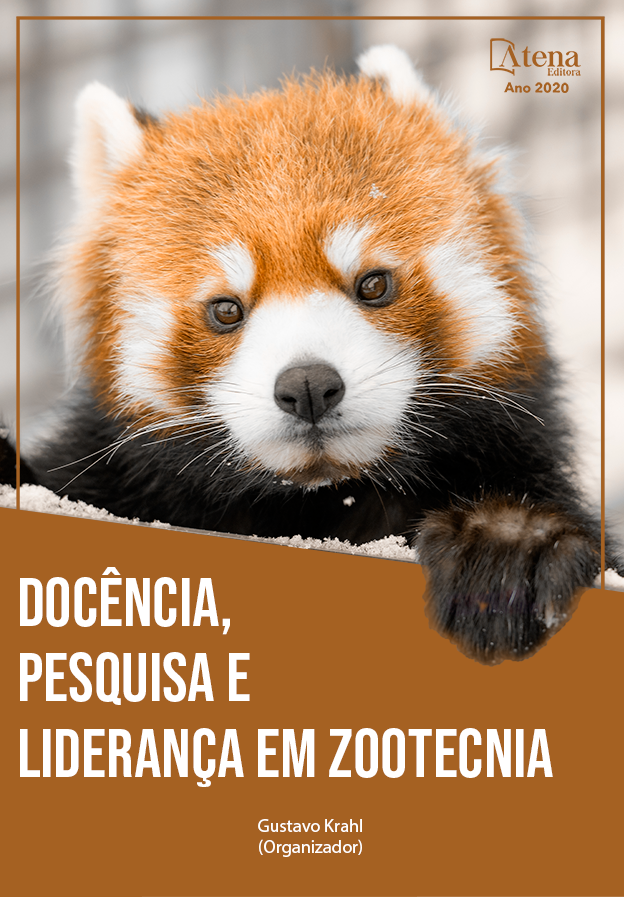
AMENDOIM FORRAGEIRO: PRINCIPAIS CARACTERÍSTICAS, USO E MELHORAMENTO GENÉTICO
As espécies de amendoim forrageiro (Arachis pintoi e Arachis repens) são leguminosas originárias do Brasil e, apesar da baixa adoção ainda verificada em pastagens consorciadas no país, trazem diversos benefícios para o sistema de produção, além de serem utilizadas para fins ornamentais. A variabilidade genética observada mostra o potencial para obtenção de genótipos altamente produtivos, tanto para produção pecuária, como para uso paisagístico. Dessa forma, as estratégias de melhoramento genético da espécie vêm evoluindo com o objetivo de atender às novas demandas para a cultura e assim ampliar seu cultivo e aplicações. Neste sentido, este trabalho traz informações atualizadas sobre as características, uso e práticas de melhoramento do amendoim forrageiro no país.
AMENDOIM FORRAGEIRO: PRINCIPAIS CARACTERÍSTICAS, USO E MELHORAMENTO GENÉTICO
-
DOI: 10.22533/at.ed.0162018091
-
Palavras-chave: Arachis pintoi, Arachis repens, leguminosa forrageira, pastagens consorciadas, variabilidade genética
-
Keywords: Arachis pintoi, Arachis repens, forage legume, mixed pastures, genetic variability.
-
Abstract:
Forage peanut species (Arachis pintoi and Arachis repens) are legumes originated from Brazil and, despite the low adoption still observed in mixed pastures in the country, bring several benefits to the production system, besides being used for ornamental purposes. The genetic variability observed shows its potential for obtaining highly productive genotypes for both livestock production and landscape use. In this way, the strategies for genetic improvement of the species have been evolving to respond the recent demands for the culture and thus expand its cultivation and applications. In that sense, this work brings updated information about the characteristics, use and breeding practices of forage peanut in the country.
-
Número de páginas: 35
- Giselle Mariano Lessa de Assis
- DANIELA POPIM MIQUELONI


